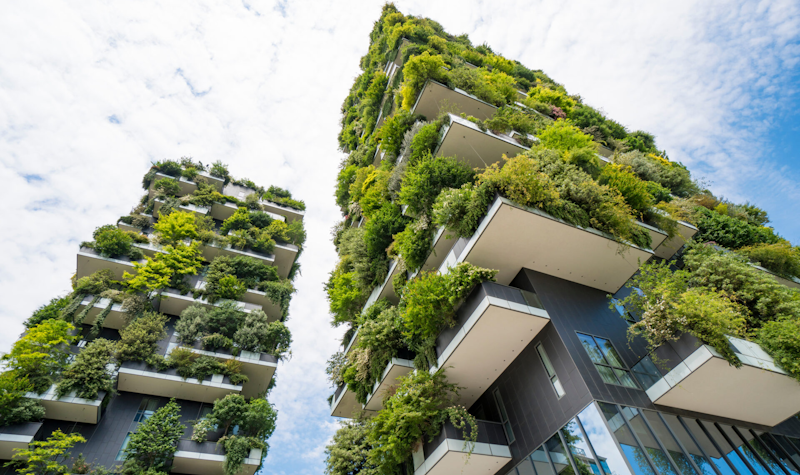Due to ecological problems and global warming, governments are encouraging the use of ecological materials for construction. These are materials from sources that are not harmful to the environment in the extraction and exploitation process.
Likewise, they must not produce too much waste in the manufacturing or transformation processes. Materials like wood and brick have been widely used in green construction for a long time. Because of this overexploitation of materials, wood almost disappeared. This is why other solutions have been put forward.
What is an ecological material
Choosing an ecological material for construction is not limited to considering its origin or its method of manufacture. On the contrary, to be recognized as such, it must meet specific criteria.
- The entire process of manufacturing, extraction, processing and transportation must have a low impac on the environment. This is the source which must be renewable and which must not emit greenhouse gases at the time of handling
- These materials must not be toxic, either for the environment or for the workers who handle them
- Ecological materials must have a long lifespan and must be fully recyclable
- They must improve the quality of life of the occupants of the house, once they are installed and used
What are ecological materials for construction
By taking these criteria into account, it is possible to categorize certain materials to ensure ecological construction. These are mainly products from plants and recycling.
Wood, design in addition to ecology
It is without a doubt the ecological material and the most famous and most used in construction and renovation. This craze is mainly explained by its appearance and its versatility. The wood is durable and easy to process. It is widely used in the construction of wooden frames. In terms of energy performance, it is very popular because it has a good insulation capacity than concrete. It is also a material that resists fire and wear over time with minimal maintenance.
Hemp concrete
Hemp concrete is a very popular construction material, particularly thanks to the characteristics of this plant. Indeed, hemp is a plant that is easy to grow, because it does not require a lot of water and is suitable even for poor soils. It does not require any specific treatment and does not require pesticides. It is especially sought after for its fibers, which once mixed with lime, produces concrete, used as coating, wall, wall lining, screed and for roofing.
Steel, for sustainable construction
The image we have of steel is not the most ecological. It is mainly used in the construction of large buildings, such as hangars and skyscrapers. However, this material has considerable longevity and can be entirely recycled.
Furthermore, steel is a low inertia material. It can therefore be heated quickly. Combined with quality insulation for the walls and roof, it helps increase the energy performance of a house.
Terracotta brick
Brick is one of the oldest materials used in construction. It is made from compressed clay fired at very high temperatures. There are two types of earthen bricks. On the one hand, there are hollow bricks which are used in construction. Thanks to this air pocket in the bricks, they offer considerable thermal comfort, more than cellular concrete and concrete blocks.
On the other hand, solid earth bricks are mainly used for finishes, thanks to their lightness. They are very elegant and improve the quality of wall insulation.



